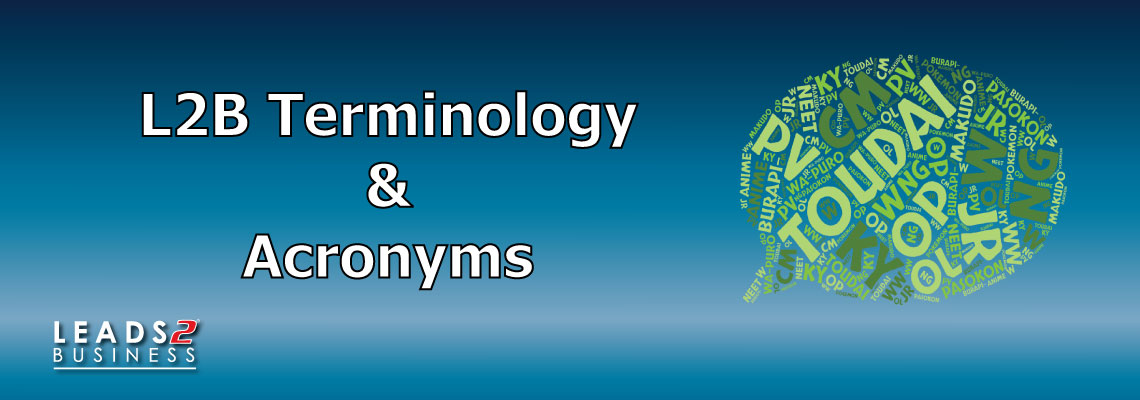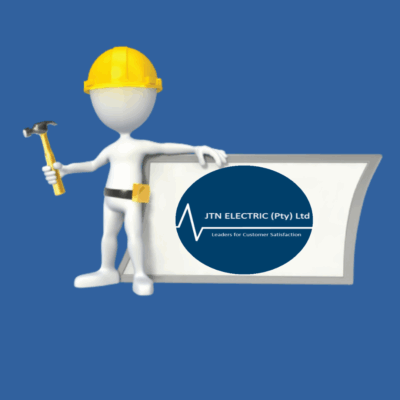At Leads 2 Business we often use terminology to refer to information specific to our website.
Here are some Acronyms unique to us:
Firstly L2B short for Leads 2 Business, also our domain ie L2B.co.za
PP: Private Projects
PPA: Private Projects Advisory or Private Project Reference
DT: Daily Tenders
SI: Site Inspection
CL: Closing Date
DTA: Daily Tender Advisory or Daily Tender Reference
L2Q: Leads 2 Quotes
OQ: Open Quotes
Some other Acronyms you may come across in the Construction Industry that we often refer to on our website and in communication with subscribers are:
BAR/DBAR/FBAR: Basic Assessment Report / Draft Basic Assessment Report / Final Basic Assessment Report
BBEEE: Broad-Based Black Economic Empowerment
BOQ: Bill of Quantities
BID: Background Information Document
Bid: A formal proposal to deliver goods or services at a specified price, as well, describing that the tender contract requirement will be met
BFS: Bankable Feasibility Study
DFS: Definitive Feasibility Study
CIDB: Construction Industry Development Board
CIPC: Companies and Intellectual Property Commission
CSD: Central Supplier Database
CSR: Corporate Social Responsibility
DFA: Development Facilitation Act
DSR: Draft Scoping Report
EA: Environmental Authorisation
ECO: Environmental Control Officer
EIA: Environmental Impact Assessment
EME: Exempted Micro Enterprises are small entities, with an annual turnover of R10 million or less.
EOI: Expression of Interest is a multi-staged process that is used early in the procurement process.
EPC: Engineering, Procurement & Construction
EPCM: Engineering, Procurement, Construction and Management
EMPr: Environmental Management Programme
EMP: Environmental Management Plan
ESIA: Environmental & Social Impact Assessment
FS: Feasibility Study
FSR: Final Scoping Report
GEN: Generic Enterprises are large entities, with an annual turnover in excess of R50 million
I&AP’s: Interested and Affected Parties
IDP: Integrated Development Plant
JV: Joint Venture is a business entity created by two or more parties with the purpose to achieve a specific task, such as win a tender, PFI, PPP
MBD: Municipal Bidding Document – standardized documents used for tenders
NHBRC: National Home Builders Registration Council – a regulatory body of the home building industry
PFS: Pre-feasibility study
POSEIA: Plan of Study for Environmental Impact Assessment
PPA: Purchase Power Agreement
PPP: Public-private partnership is a contract between a public-sector institution and a private party, where the private party performs a function that is usually provided by the public sector and/or uses state property in terms of the PPP agreement.
PPPFA: Preferential Procurement Policy Framework Act of 2000 and the Preferential Procurement Regulations of 2001 establish the obligation of government to award preferential procurement points to enterprises owned by historically disadvantaged persons, including females
QHSE: SHE/SHEQ – Quality, Health, Safety, Environment
QSE: Qualifying Small Enterprise is one of the categories of South African businesses as per BBEEE with an annual turnover of between R10 million and R50 million
RFT: Request for Tender is a formal, structured invitation to suppliers to submit or bid to supply products or services.
RFP: Request for Proposal is submitted in an early stage in the procurement process and is commonly used when it is required technical expertise, specialized capability, or in some cases where the product or service requested do not already exist and must be developed.
RFQ: Request for Quotation is when Suppliers are invited to provide a quote for the provision of specific goods or services.
RFI: Request for Information is requesting information necessary to decide the procurement process. Hence, RFI typically occurs during a planning phase.
SLA: Service Level Agreement is An agreement between two or more parties. Where one party is the customer and the other party is a supplier delivering a service.
SMME: small, medium and micro enterprises, also referred to as small business, play an important role in an economy. They can be key drivers of economic growth, innovation and job creation.
Did you find these helpful?
Is there any terminology or acronyms we missed? If so leave a comment below and we will be happy to update our post.
To view more Articles, please visit our Leads 2 Business Blog.
If you are interested in becoming one of our subscribers, please visit Leads 2 Business.
To view notes with screenshots on how to use our website, please visit Leads 2 Business Wiki.
About Sasha Anderson
Millennial Mom + wife living the hash-tag life. Reach out if you want to talk: L2B, social media, construction, technology, marriage, parenting, popular culture and travel. Remember: If You Fail - Fail Forward
- Web |
- More Posts(257)









Leave a Reply